EVAN SUMMER: Eric Denker
Evan Summer has created an impressive volume of work that is dominated by nocturnal landscapes of austere power. His prints offer remarkable visual testimony to the conflict between the elements of nature and of human creation.
Though seemingly unpopulated, they are permeated by evidence of man’s presence, represented by monumental structures in various states of decay. The ominous quality of the images results from the artist’s treatment of the terrain, of the deteriorating condition of man-made forms, and of the temporal and atmospheric conditions represented. Dark skies create dramatic passages and silhouettes in the features of the grim landscape below, relieved in some prints by streaks of rain or lightening skies that might suggest catharsis or renewal.
Summer most often concentrates on landscape imagery, although he occasionally treats other subjects. Sometimes he renders pure landscape, with no hint of human history. More often, he incorporates immense architectural forms or geometric shapes, their fabric in disarray or in varying states of disarray or in varying states of decline. Growing up in Buffalo, New York, Summer was attracted to the impressive hydroelectric and power plants that dominate the landscape around Niagara Falls. Though inspired by these specific forms, in his imagery the artist never defines the original nature or function of his constructions, only evoking some long-forgotten need for their presence.
Sometimes the history of these spaces is suggested, but much more remains a mystery—the specific content lost in the silent landscape. These foreboding images fall into discrete categories. Some represent abandoned or decaying structures; in others, large forms appear strewn arbitrarily about, as if the dynamic terrain had shifted, producing a jumble of geometric elements. A few settings suggest sites of archaeological excavation. The idea of equilibrium is paramount, for there is a stasis in which the opposing forces of nature and man have canceled one another. As a group these landscapes and nocturnes manifest a dark fantasy, a melancholy reminiscence of a forbidding future.
Most of Summer’s prints are executed in the traditional technique of etching on copper plates, often with supplemental engraving and drypoint. In some instances, aquatint, the tonal process associated with etching, is used to create broad, rich areas of gray and black. A single plate may be etched fifteen to twenty times, and may take more than a year to complete. Summer works the copper entirely by hand, and hand prints the plates on a variety of fine papers. He works outside the contemporary workshop milieu, without assisting technicians or elaborate equipment. Summer also works in collagraphy and collage. Collagraphy is a modern intaglio process involving the attaching of textural materials to a supporting plate or board to create a surface that can be inked and printed with pressure onto a sheet of paper. Summer’s interest in collagraphy has led him to create large-scale collages that engage the same landscape subjects as many of his intaglio images, but allow him to use color in ways quite different from the prints. A love of drawing and an interest in perspective are manifest in all of his work. At times, the purity and beauty of the geometry itself become the subject.
Manifestation and Adaptation
Variations in Buddhist Sculpture Across Asia
October 11, 2019 - February 1, 2020
This exhibition considers a range of statuettes, made for use in Buddhist practice, from Burma, China, Japan, Java, Korea, and Thailand. It is curated by Bizz Fretty '20, working in conjunction with faculty members from the departments of East Asian studies and religion. Manifestation and Adaptation is organized in support of the annual meeting of the Mid-Atlantic Region Association for Asian Studies Conference.
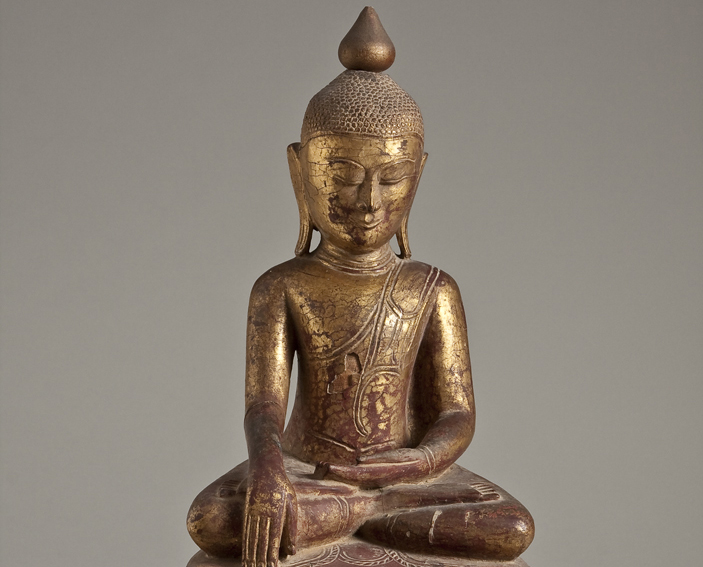
Buddha on a elephant throne performing bhumispara mudra
Burmese
Abstract Traditions
Postwar Japanese Prints from the DePauw University Permanent Art Collection
November 1, 2019 - February 15, 2020
This touring exhibition examines developments in Japanese printmaking during the second half of the 20th century. It addresses ideas and themes introduced the museum's exhibiiton Timely & Timeless: Japan's Modern Transformation in Woodblock Prints.
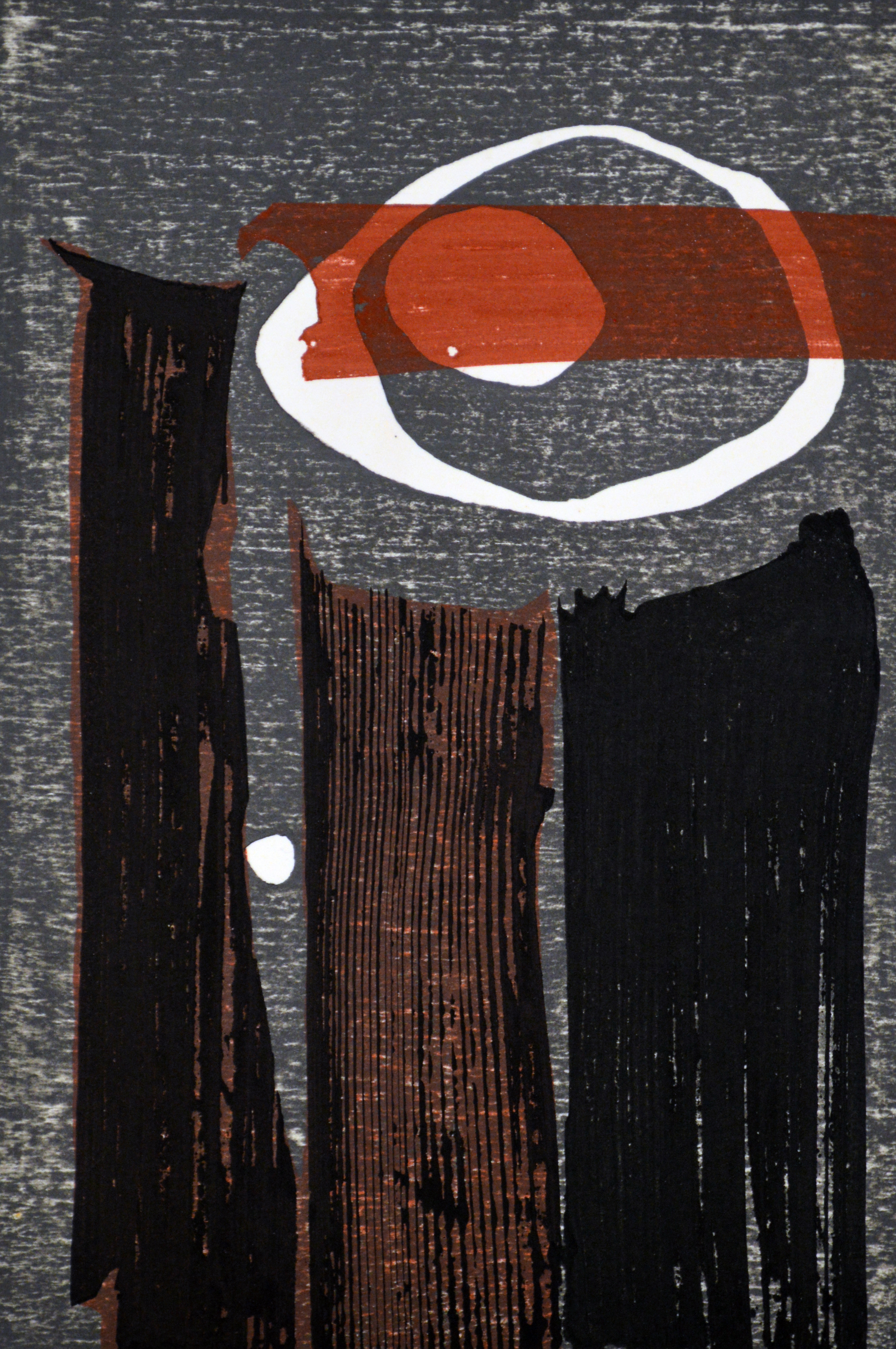
Iwami Reika
Winter Composition No. 2, 1959
Framing Space explores the concept of represented and perceived space in paintings, prints, drawings and photographs from the permanent collection of the Trout Gallery. It is curated by senior art history majors Kaila Basile, Ashlyn Buffum, Bizz Fretty, Hannah King and Natura Sant Foster, under the direction of Melinda Schlitt.
An audio tour of this exhibition is available HERE.
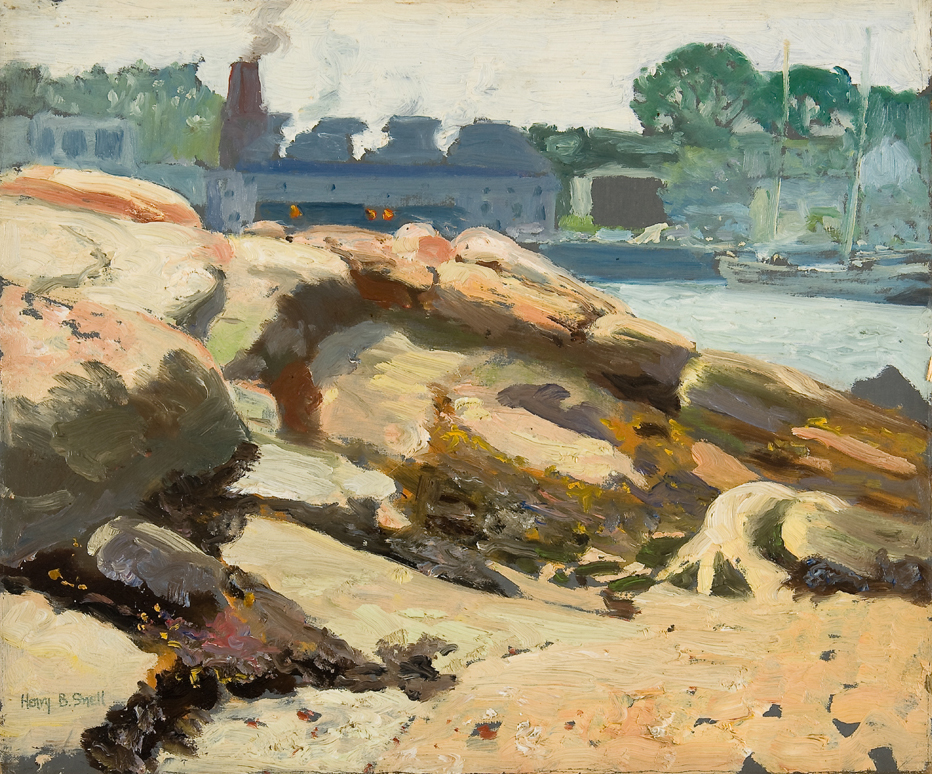
Henry Snell, Untitled, n.d.
Oil on canvas
The Senior Studio Majors Thesis Exhibition will be presented on-line and through a published catalogue and social media. It features the work of
Meggie Bromberg
Cait Castineiras
Shiyi Chen
John De Anda
Bryce Delaney
Elizabeth Gallo
Sarah House
Karissa Kendricks
Zoe Kiefreider
Alice Kuklina
Cecelia Lamancusa
Rose McAvoy
Peter Skutt
Erin Wen
under the direction of Todd Arsenault with Andrew Bale, Anthony Cervino, Ward Davenny, and Rachel Eng.
Click HERE to view a digital compilation of each artist's body of work.
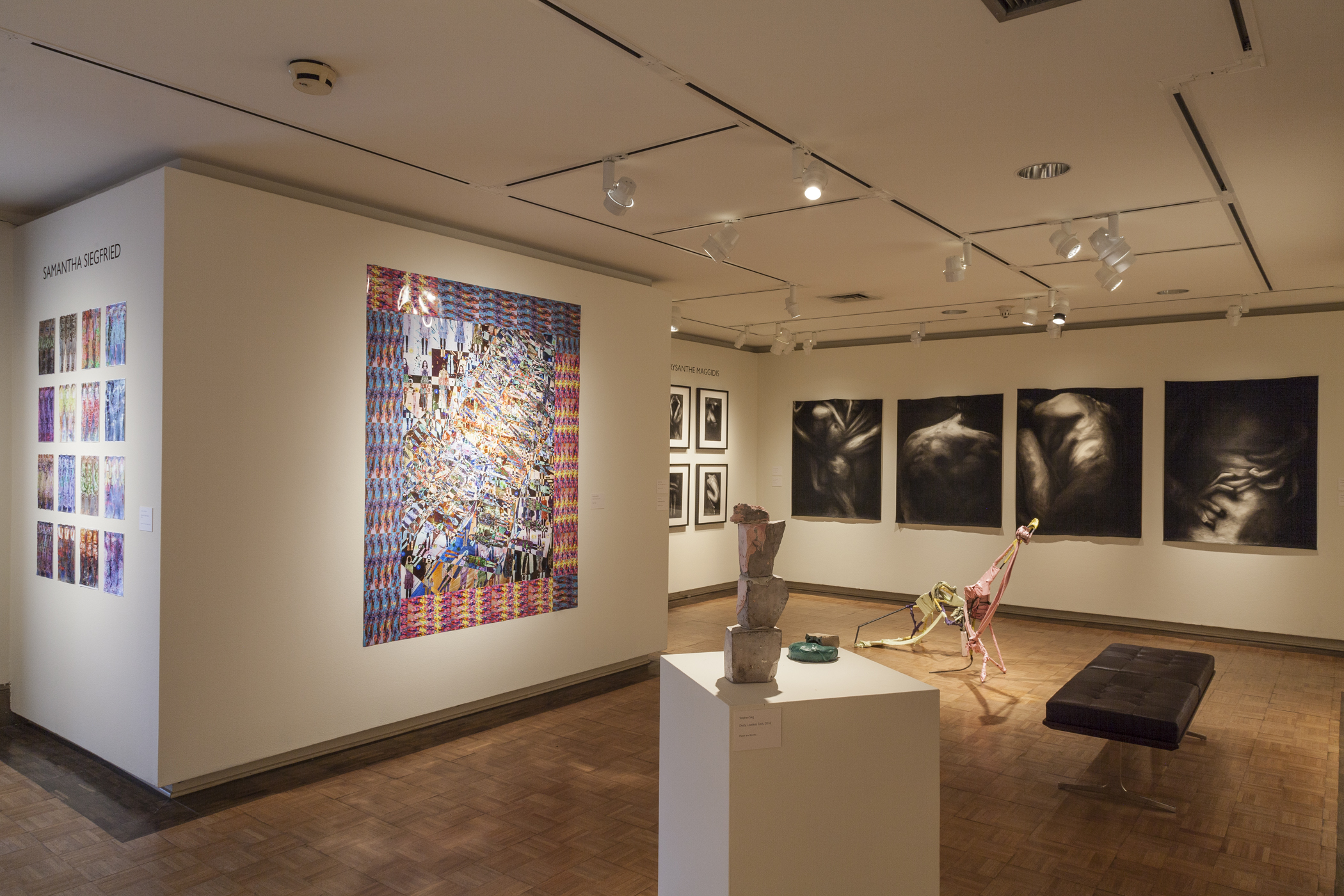
Installation 2017
In Rosa Sparks, self-proclaimed art evangelist Steve A. Prince presents a tableau of black experience in America by recreating the momentous event in Montgomery, Alabama, where Rosa Parks refused to give up her seat to white passengers. At the front of the bus, a haloed Parks sits defiantly in response to the standing bus driver’s gesture that she move to the back. At the left, a line of figures, some in silhouette, represent the experiences of black Americans—from the chains of slavery to present-day threats of gun violence. They are joined by references to others inspired by Rosa's spark, civil rights leaders Martin Luther King Jr. and Malcolm X. A rider at the back of the bus holds a Bible turned to Matthew 5:3–10. This passage describes the Beatitudes, beginning with "Blessed are the poor in spirit, for theirs is the kingdom of heaven...."
His work is an unending exploration of that faith and its relationship to his life, his culture and his community. "We are all living epistles," notes Prince, “whether we want to be or not." His work is an open letter to Americans calling them "to acknowledge their role within the fabric of the American family and to redress race, representation, and education with a new raiment woven of respect, truth and equality."
Prince is a native of New Orleans. He earned his BFA from Xavier University of Louisiana and his MFA from Michigan State University. He has shown his work internationally in various solo, group, and juried exhibitions including the Contemporary Art Center of Virginia, the National Gallery of the Bahamas, the Museum of Cultural Arts Center (Santa Catarina, Brazil), the Grand Rapids Museum of Art, the Portsmouth Courthouse Museum, Hampton University Museum, the Museum of African American Culture (New Orleans), and the Peninsula Fine Arts Center.
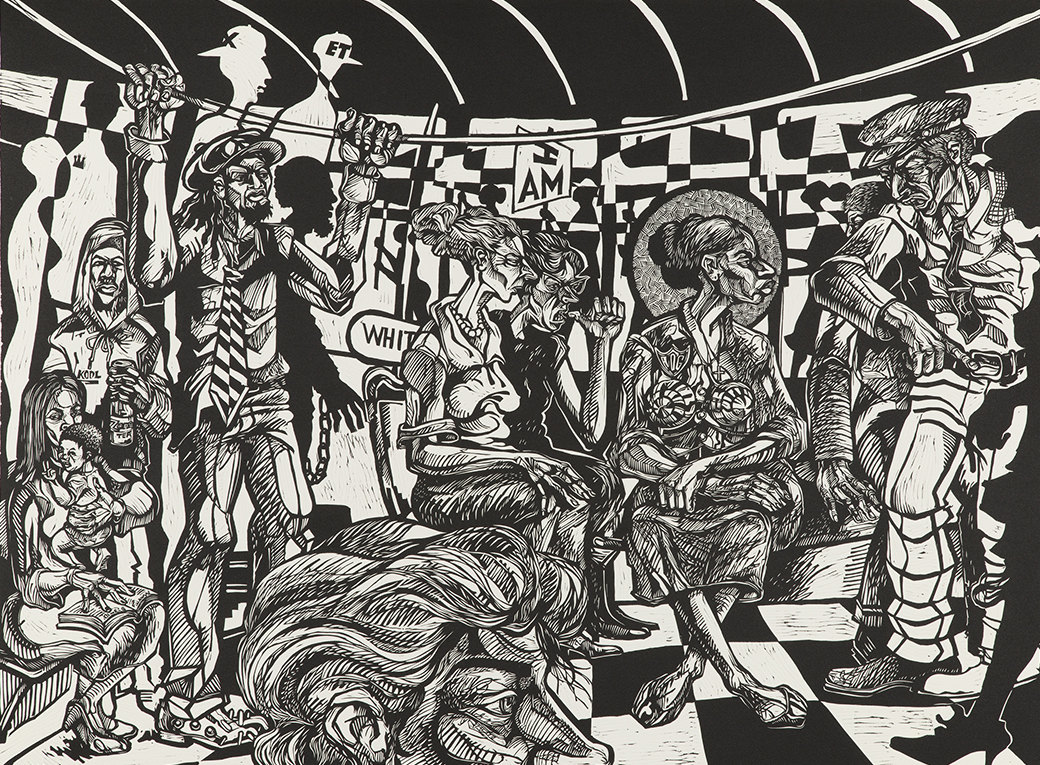

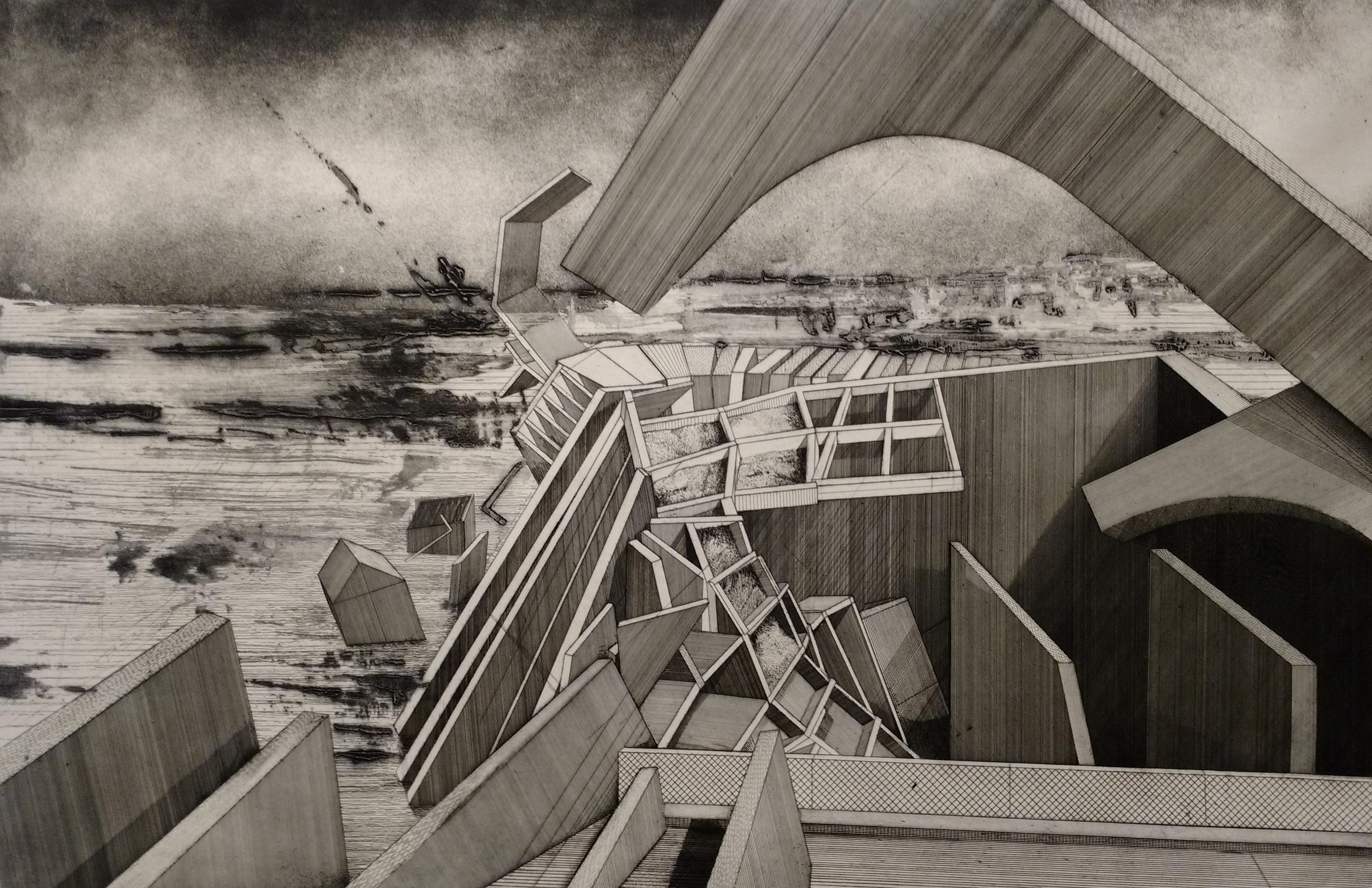

-2.jpg)





